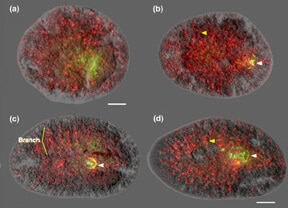2003
Journal Publication
Current Opinion in Genetics and Development
The freshwater planarian Schmidtea mediterranea: embryogenesis, stem cells and regeneration
Sánchez Alvarado A
Planarians have been used as a model to study development and regeneration for more than 200 years. Research on these animals has traditionally focused on surgical and pharmacological manipulations. Recently, the dissection of planarians has become more molecular in nature. The isolation of thousands of ESTs and the introduction of in situ hybridizations, immunocytology, and RNA-mediated gene interference (RNAi) has opened the door to gene discovery and to the study of gene function in planarians during development and regeneration. These advances promise to shed mechanistic insight into basic biological attributes such as regeneration and stem cell regulation
Address reprint requests to: Alejandro Sánchez Alvarado



